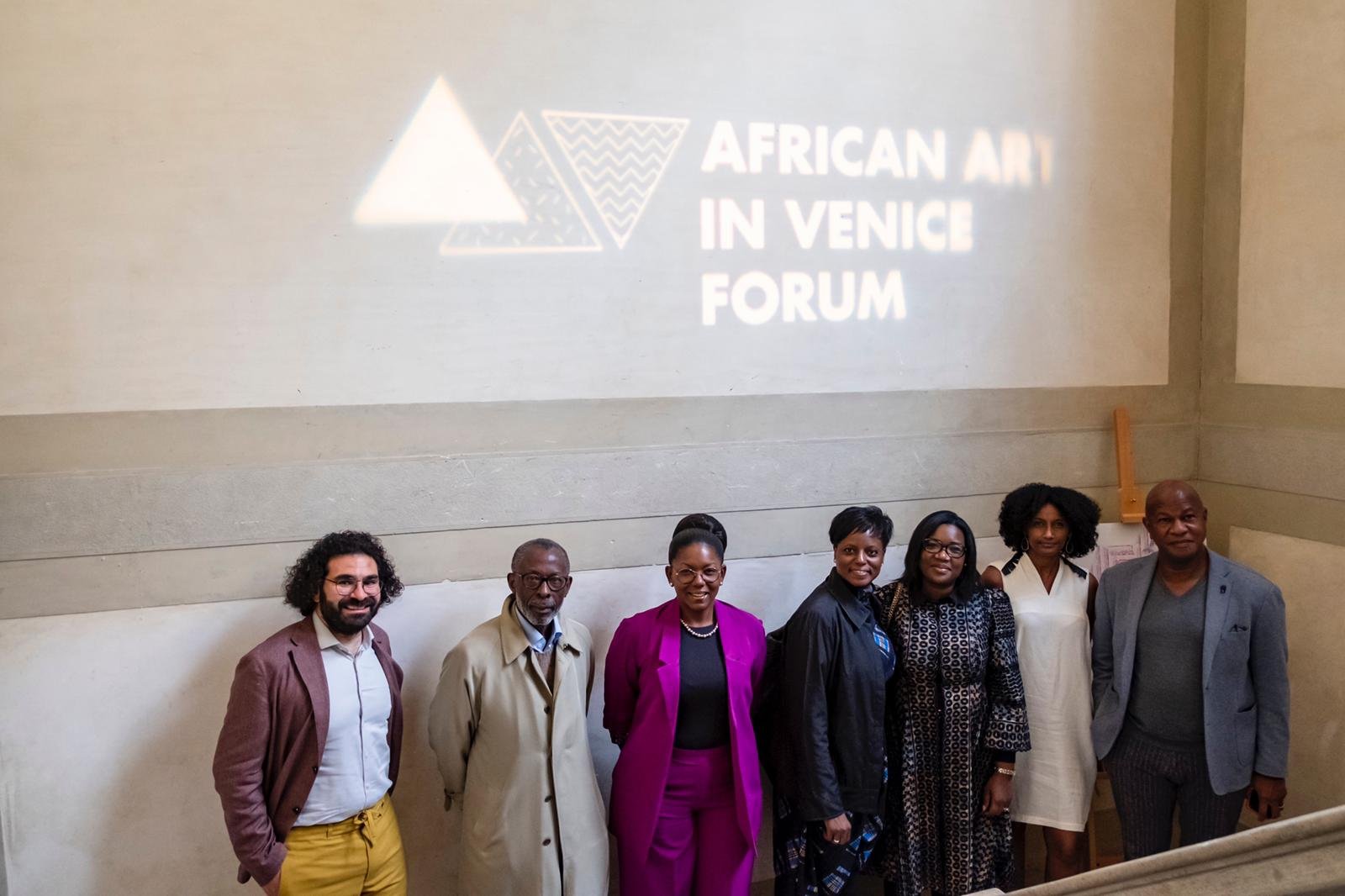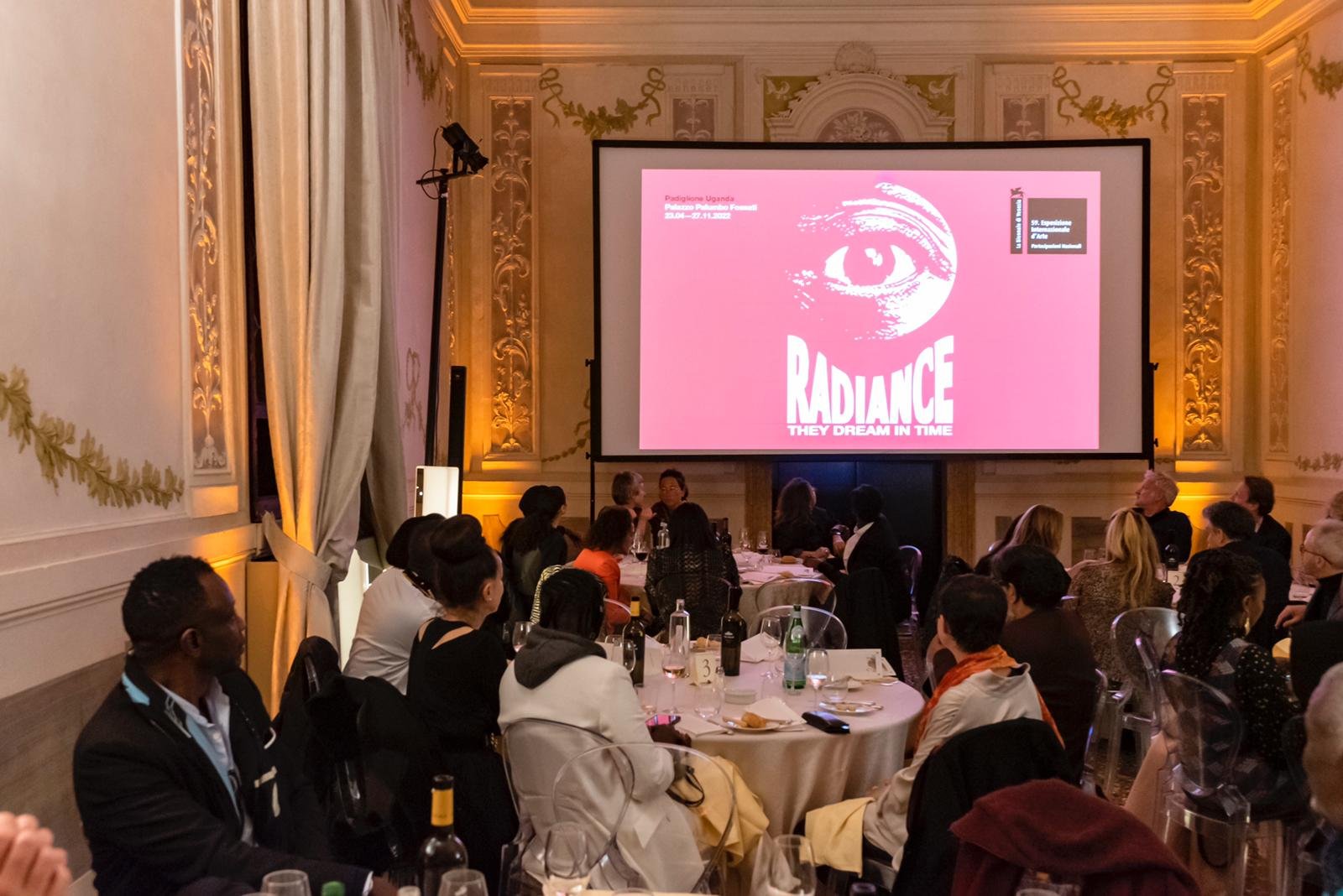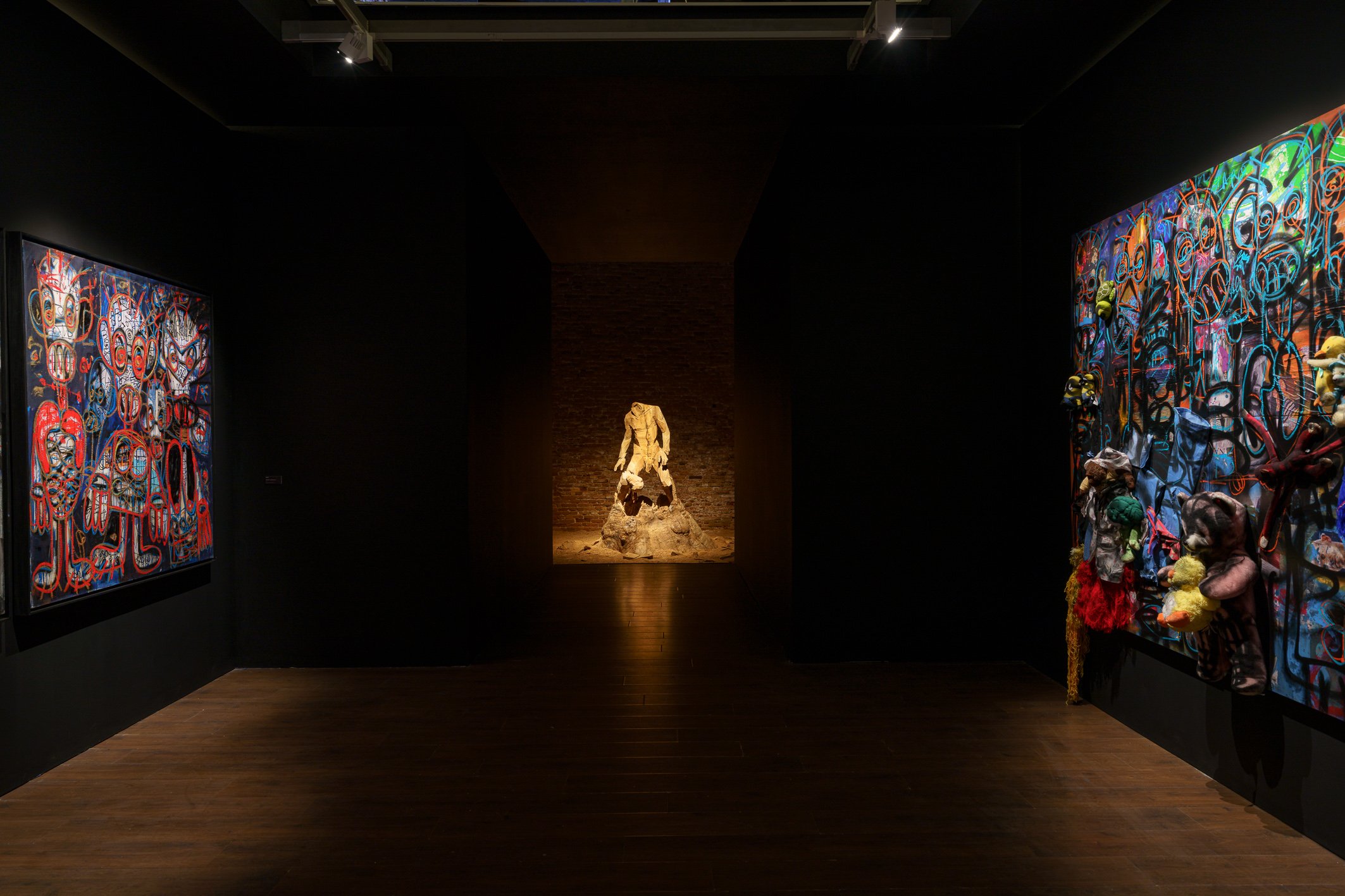An Interview with Neri Torcello. Founder of the African Art in Venice Forum
By Alberto Aguilar | 8 JUL 2022
I
ALBERTO AGUILAR: African Art in Venice Forum has been consolidated after three editions to date: 2017, 2019 and 2022. Let's take a step back, please, and begin this interview by addressing intercultural relations in the global complex of contemporary art. We would like to know what diagnosis you made a few years ago. And... why did you find it was clearly inescapable to conceive and promote the African Art in Venice Forum?
NERI TORCELLO: The period between 2013 and 2017 was for me one of intense traveling and meeting cultures. I wanted to be a researcher beyond my work as an art consultant. Each trip to art destinations in most of the European countries, several states of the US, India, some of the Middle Eastern countries, and some African countries, was an opportunity to observe and explore how the art community of a specific place was born and how it was transforming itself in the years. My inquiries were primarily addressing the social and economic aspects of the art world, mostly from an infrastructural and ecosystemic perspective.
I would ask myself what were the triggers and incentives, and where the stimuli were coming from, and why only certain people from the broader community were involved in the arts, or what was the impact of such non-attendance. Every single public event, be it an art week, an auction, an art fair, a museum opening, a gallery-hopping night, a studio visit day, or a biennial was populated by a bustling crowd, sometimes very diverse, some others very homogeneous. I started discussing this privately with artists and curators and soon I became more interested in the dynamics of systemic exclusion.
In the meantime, the Mediterranean was in the middle of one of the largest and constant flows of immigration from Middle Eastern and African countries. I believe it was the existing tension in Europe between restrictive policies on one hand and inclusive ones on the other that triggered me to start a research on what I then called Urban Cultural Dignity, a concept at the intersection of migration politics, cultural democracy and the right of artistic expression. I started studying all those social dynamics and policies that were preventing newcomers from expressing themselves creatively in a new community and with them also the global art ecosystem ended up in my analysis, as an incentive to a more inclusive dialogue amongst our ever more fluid urban communities.
When someone asked me to organize a gala dinner during the opening week of the Venice Biennale to promote an art fair that was supposed to happen in Accra, Ghana, I realized then that the impact of the non-attendance of African countries at the Venice Biennale was way bigger than I thought and that the reasons at its basis were way more than just economic.
The Biennale Internazionale dell’Arte di Venezia, was born in 1895, in the middle of the Scramble for Africa and the New Imperialism, so it is reasonable to think that it included in its first editions only most of the so-called western countries, and excluded all those that were colonies, with the later exception of some exhibits of African tribal artifacts that were more connected to exoticism, than to honouring them as pieces of art representing a people. Regardless of decolonization and the existence of a central non-national Pavilion, African countries are still underrepresented, and this is due to a mix of reasons that are not necessarily imputable to the Biennale itself. In fact the Biennale Internazionale dell’Arte di Venezia is a stage offering an opportunity for a multiplicity of artistic narratives to be presented and heard, and as it is perceived by its audience as a global platform, accessibility and representation become even more vital to promote an inclusive creative dialogue in a just society.
The art fair in Ghana didn’t eventually happen but the concept of the African Art in Venice Forum, as a discursive event on contemporary art narratives arising from the African continent and its diaspora to be held during the opening week of the Venice Biennale, was just born. The idea was to create momentum around African art narratives in a relatively inexpensive and logistically feasible event, in the very center of the city that was welcoming the art world crowd and its storytellers for a week. Most of the colleagues that helped me in the development of the event then are today founding members of African Art Dialogues (AAD), the not for profit organization that promote and manages the African Art in Venice Forum (AAVF).
II
AA: You seek to give visibility to the contemporary art from Africa and its diasporas in the context of the Venice Biennale. We are interested, above all, in what strategies you are developing to provide a critical reading of the Western narrative that legitimizes the meaning and value in artistic practices at the international level?
NT: At AAD we like to see the African Art in Venice Forum as a platform. Most of the new perspectives on art practices from Africa and its diasporas that are presented and discussed in our auditorium, come from, or involve content-partners from different African countries. This partner-based participatory approach, together with a specific attention and incentive that African Art Dialogues gives to African organizations willing to cooperate to bring content to Venice, has proven itself successful in allowing a critical reading of the art ecosystem itself. From the sessions of the Forum you can often understand that the African contemporary art ecosystem, although the obvious influence from, and interdependency with the rest of the world, is a source of uniqueness not only in artistic practices, but even and mostly in the way art and art-making are promoted and made available to the public.
III
AA: Could you shed light on the exchange and the conversation that you perform in the institutional sphere. Have you built and maintained any kind of relationship with the Venice Biennale? And with the nine African national pavilions of this 59th edition? Are you working in close cooperation with the African institutions? If so, in which manner and purpose?
NT: Both in the first edition in 2017 and also following the creation of African Art Dialogues, we have made the decision of keeping an independent status in respect to the organization of the Biennale di Venezia itself. We have worked instead from the very beginning with most the African pavilions, to include those voices who made it to the Venice Biennale, to harness their knowledge so that it could be shared and could help building a database of experiences for those countries that will be willing to take part in the future Biennials. In the years, our reputation has brought to more and more institutional conversations with African countries through their ministries of culture, embassies and consulates. Following these conversations we expect to be able to coordinate with them a more effective response to the necessity of representation in Venice in the years to come.
IV
AA: This 59th edition wants to enhance the visibility of the artistic production from communities and countries that are marginally —or even not— represented in major international events. Do you think that the institution turns back on itself to question norms, legitimizations and canonical customs driven by the dominance of the white European male in the history of art?
NT: I believe it is very difficult to make institutions as fluid as contemporary society requires them to be, and that change requires a self-critical approach that sometimes is not even considered in the official statutes of those organizations one would like to see transforming themselves. One can say that creativity and system-change go hand in hand, and produce value only when all stakeholders, including its impacted public, are invited to participate in the change process. For this reason, enhancing “visibility of the artistic production from communities and countries that are marginally —or even not— represented in major international events” does not entail that an organization is questioning itself, but rather that it is exposing its stakeholders and public to a more diverse assembly of ideas. This is to me just the very first preliminary step to change. Also from another perspective, although the power of different curatorial approaches, both on a National pavilion level and on a main curator one, has demonstrated to be temporary transformative, it appears to me decisions to question itself are yet to be taken, and this could also be the only way to go in order to avoid inciting reactionary trends.
V
AA: African-American artist Simone Leigh is the recipient of the Golden Lion of the 59th International Art Exhibition of the Venice Biennale and she is also the first black woman to represent the United States in its national pavilion. The jury awards a mention to the Uganda’s Pavilion... Given the above, do you believe that the rise of Africa in this edition is a fact as some people publicly state? What do you think about The Milk of Dreams and the seventy-nine national participations? Does this edition present African art and its diasporas in a relevant way?
NT: I can’t but congratulate for the high quality of interactions and dialogue that both Simone Leigh’s pavilion and extraordinary parallel events, has meant to this year’s Biennale. For sure a unique collaborative and inspiring approach. The same is true for the Ugandan Pavilion and its visionary organizers.
One thing I feel confident saying, is that it seems to me that the rise of Africa at the Venice Biennale has being mostly driven by civil society organizations pitching African Ministries of Culture, Art Councils and Embassies to promote their participation, with consequent interest from governments, rather than the other way around. This is also why I firmly believe in the role of AAD and AAVF in opening up conversations and coordinating communications amongst those stakeholders, both on the civil society and in the institutional level to close the artistic communication gap of which the world is suffering.
VI
AA: As you know, the Alemani’s curatorial project brings up the work and weight of women in the field of art. Could you please elaborate on the role of female artists in the contemporary African art ecosystem. We would like you to reflect on this issue to conclude our interview. Thank you very much for attending us!
NT: This is one of the topics the AAVF has elaborated more consistently in all the three editions thanks to its content partners. We started with a session of all female curators of African art departments in international museums in the first edition, to arrive at the Gen(d)erative Inquiry: Women Leading in the African Creative Sector of this year’s edition. We acknowledged, with some exceptions, that the role of women practitioners in the African art ecosystem, being them artists, curators, museum directors or gallery owners reflects a substantially different landscape respect to western art ecosystem, with a relevance and influence that is way higher and at the same time very similar career related issue. I wish I could have infinite time and space to develop this theme but I will need to leave the question with your reader on what will be the medium and long-term impact of such a native different set up.
NERI TORCELLO is an art consultant based in London. Founder of the African Art in Venice Forum and president of the not for profit organization African Art Dialogues.









